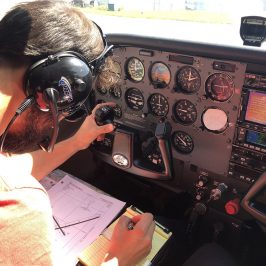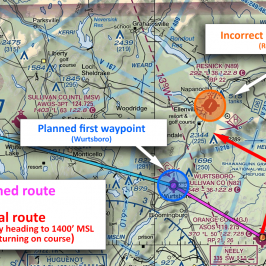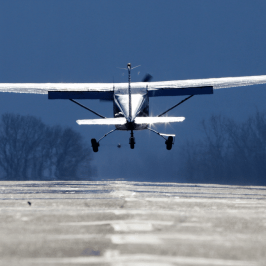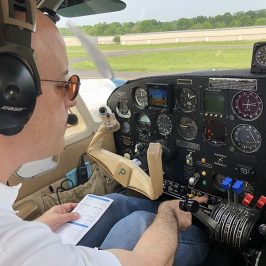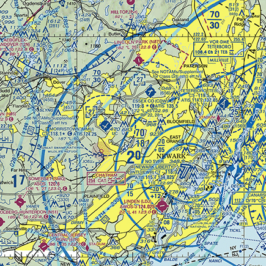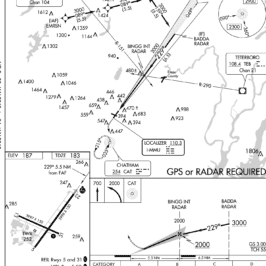This will be a discussion of the Learjet 35A accident which happened on approach into Teterboro in 2017. AOPA created a fine Accident Case Study regarding the flight. If you haven’t watched it, please review before continuing.
Additionally, here’s an NTSB animation of the accident flight.
It was on the afternoon of May 17, 2017, that I was preparing an aircraft for departure at MMU. I had called for the fuel truck and was performing various pre-flight actions. As the driver pulled up, he said, “Check the news. Someone just crashed at Teterboro.”
Teterboro was just a short distance away from where I stood at the time, approximately 16 nautical miles to the east. Too far to see a smoke plume from the ground, but close enough to “feel” the reverberations of what had happened.
Over the course of time the professional flying community learned more about the accident. The details which emerged were shocking; a professional flight crew which exhibited disregard for company SOPs and operating rules had made a litany of errors, and seemed to demonstrate little to no SA (Situational Awareness) during the short repositioning flight.
I have made many presentations on behalf of the Teterboro FAASTeam in which I’ve pointed to the safety improvements made in business aviation over the last 30 years. I’ve attempted to draw corollaries to the changes made in industry which drove part 91 business aviation accident rates down, to improvements which could be voluntarily made in private GA so that private pilots could possibly enjoy similar benefits. But this accident was an example in the reverse. How could it happen?
To be fair, although this was a Part 91 flight, it was only so in name. Part 135 operators commonly switch to Part 91 operating rules with no passengers aboard. They tend to do so for a variety of reasons, which I won’t get into here. Part 135 operators don’t enjoy quite the same safety statistics which Part 91 business aviation and airlines do. But they are still, on the whole, much safer than GA “as we know it.”
Here’s some data I reference frequently when speaking about aviation safety. These safety statistics are compiled by Robert E. Breiling Associates, Inc. for NBAA (full link here) and show total/fatal accidents in various categories of aviation from 1990-2013.
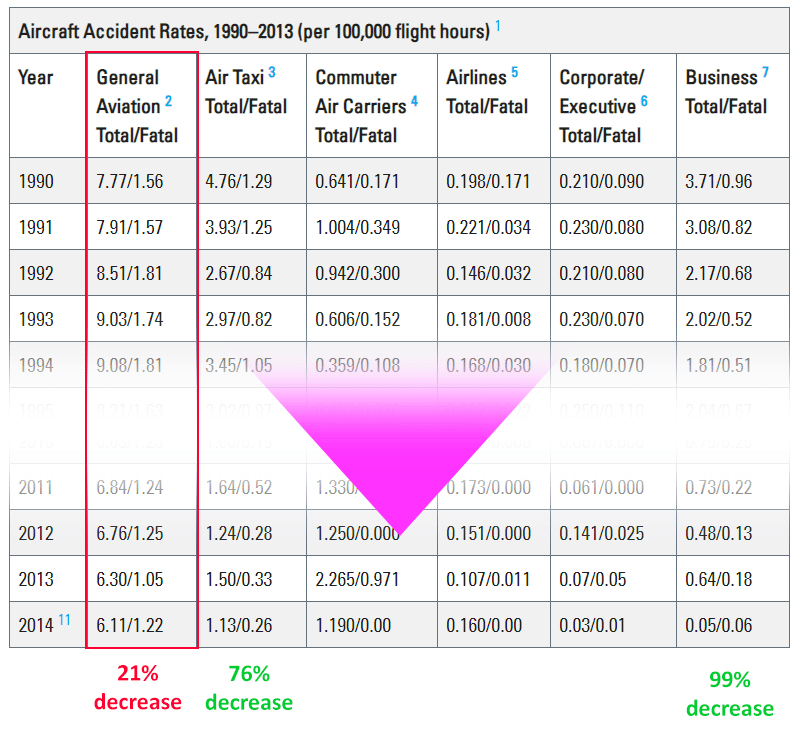
While there is good news here — General Aviation’s accident rate has been improving, generally speaking — the takeaway is that while business aviation and the airlines enjoyed massive safety improvements across a 23-year period, GA didn’t really keep up. Business aviation virtually eliminated accidents while GA’s pace was moderate at best over the same span of time.
Some are quick to point out that business aviation and airline operations have an “unfair advantage” in that they employ professional pilots, train on emergency procedures at least once if not twice per year, and that the equipment is far more capable — typically multi turbojet/turboprop with highly automated flight decks. And usually, these are multicrewmember operations. All true.
However, these same facts were true in 1990. The avionics were slightly less advanced, yes; EGPWS came out in 1996, and that helped, too; but by and large, crews in 1990 received the same amount of training and flew aircraft with similar levels of redundancy and reliability to what they fly today. So what changed? What could possibly explain this massive reduction in total and fatal accidents in part 91 business aviation and 121 ops from 1990-2013?
CRM, Safety Culture and Training
In 1990, the “CRM War” was still being waged across many airlines. CRM as a concept did not go down easily when it was introduced. Though it may seem hard to fathom today, there were many clingers-on to the “Captain is God and Commander” way of managing a flight deck. But over time, CRM has become an accepted part of aviation at all levels. In industry, we recognize and empower all crewmembers to make contributions and inputs to decision-making.
Additionally, “safety culture” began to take shape. This was most obviously manifested in the form of SMS (Safety Management Systems) which have become prevalent today in most facets of professional aviation across the world. An SMS is an ICAO requirement for international operations, and have been required for Part 121 operations since 2015.
And training began to change, as well. Training providers and operators worked together to look at what worked, and what didn’t. Scenario-based training began to appear on the scene. Training providers began to focus on training only systems knowledge which would be useful to a crew. No more memorizing oil PSI limits or many other obscure parameters. “In the green arc” was plenty good enough knowledge-wise, and freed pilots to focus on learning and integrating knowledge that could make a real difference in normal and emergency operations.
Business aviation, the airlines, and (to a slightly lesser extent) Part 135 operators all followed the same sheet of music and transitioned to a modern perspective on CRM, safety culture and training.
Although simplified in timeline and explanation, this is basically what drove the accident rates down. That’s why I focus so heavily on CRM/SRM, flight deck management, Situational Awareness, and safety culture in my presentations. GA could benefit greatly by bringing some “pared down” versions of these concepts into our “little airplane world.” (continued on page 2)

